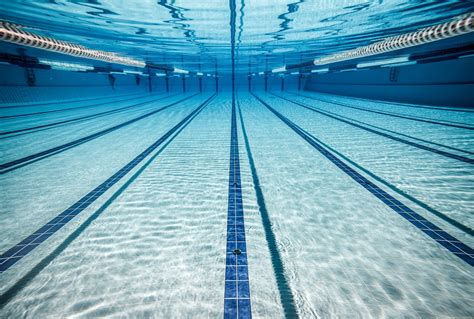Overtraining in Sports Part 5... Swimming
- Mark Wine CSCS
- Nov 9, 2021
- 3 min read
In part one I covered how over training is an epidemic in modern day sports. The five overtraining signs that were covered are fatigue, muscle soreness, forgetfulness, lack of motivation and injuries. Throughout this blog I am going to be covering swimming.

Swimming is a cross-energy sport. Although some events are classified as sprints they consist of over 6 seconds (i.e. shortest event is roughly 20 seconds in duration) of contractile output that require multiple energy systems. The majority of the events require are more than one minute in duration at near-maximal intensity. Muscle endurance and power (i.e. rate of force development) is vital for success.
Two major focuses of this sports training program should be power output and muscle buffering. The more force / power that can be applied in each stroke, throughout the duration of the event, then the faster the athlete will move through the water. Of course, we need to take into account stroke technique, bodyweight and other variables but power is the key that unlocks it all. This characteristic makes muscular development vastly important in order to increase one’s speed.
Swim coaches are now recognizing powers importance and are placing emphasis on resistance training, which they usually call “Dryland training.” Unfortunately, Dryland training is often performed incorrectly or in the wrong formats due to the lack of strength coaches within the industry. Swim coaches are attempting to cross-over into the weight room and formulate custom programs. Due to their lack of education in science and muscular development, swim coaches are simply adding more volume to their programs that is leading to even more overtraining due to concurrent training.
Concurrent training is what we call strength training followed by endurance training. Endurance training doesn’t allow for much muscular development and even limits strength and power gains. Heavy endurance training even recruits type I fibers over explosive fast twitch type II fibers. The takeaway is that even if the coaches incorporate resistance training correctly too much concurrent training will not allow for much muscular or power development
The overtraining epidemic lies within the concurrent training format: too many practices; the high volume of swimming; too much running; and Dryland thrown in between pool workouts. For example, swimming warm ups are well over 30 minutes of steady paced swimming. Practices are often 2-3 hours in length and can often be two times per day. One college in the pac-12, remaining unnamed, puts their athletes through double days every day except for two days per week. Sure, sometimes the practice focuses vary but the swimming volume is so high that injuries occur frequently while their stroke technique breakdowns. In the end, each athlete is able to swim longer but is slower and more susceptible to injury.
I feel obligated to provide a SOLUTION to the current training regimen in hopes that more coaches realize strength and power training, coupled with HIIT training and shorter practice times, is the future of the sport.
1. Limit double training days, especially two endurance training sessions, to 1-2 times per week at most to limit overtraining.
2. Focus on strength & power, with an emphasis in total body core lifts, as the principle behind your Dryland program.
3. Do not train strength & power concurrently with a steady endurance session for muscular development results will be drastically reduced.
4. Do not neglect the eccentric muscle action because that is where all results lie.
5. Do not run for Dryland; if extra conditioning is warranted, select HIIT training (ex: sprint intervals).
SOURCES
Wilson, J., Martin, P., et al.
Concurrent Training: a Meta-Analysis Examining Interference of Aerobic and Resistance Exercises.
Journal of Strength and Conditioning Research. 2012. 26(8), 2294-2306.



Comments